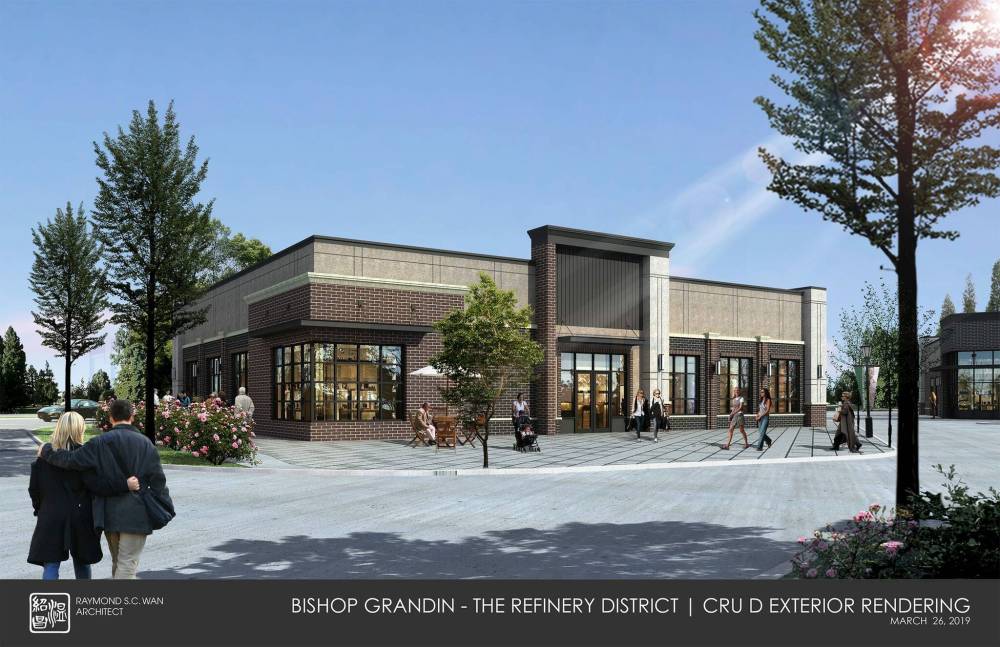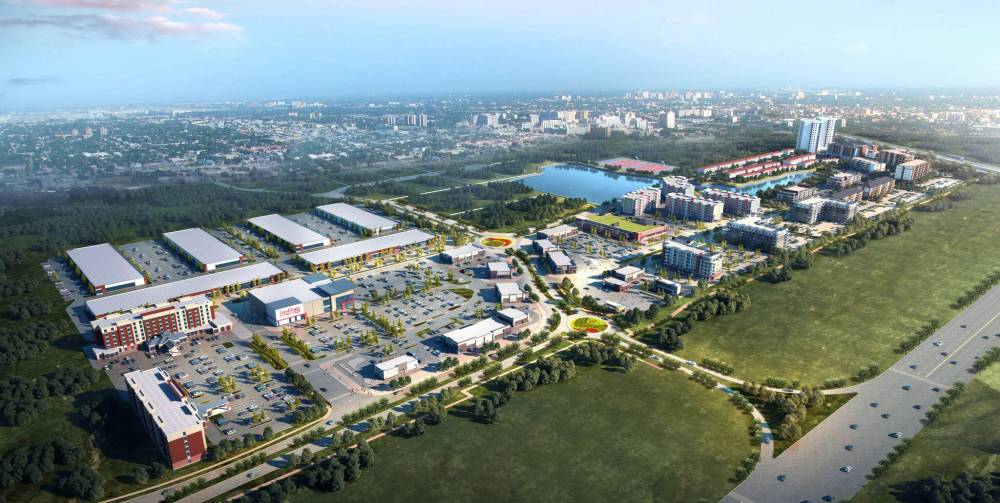Pivoting for profit
Economic downturn forced Refinery District to adapt, but residential and commercial are cohabiting nicely
Advertisement
Read this article for free:
or
Already have an account? Log in here »
To continue reading, please subscribe:
Monthly Digital Subscription
$19 $0 for the first 4 weeks*
- Enjoy unlimited reading on winnipegfreepress.com
- Read the E-Edition, our digital replica newspaper
- Access News Break, our award-winning app
- Play interactive puzzles
*No charge for 4 weeks then billed as $19 every four weeks (new subscribers and qualified returning subscribers only). Cancel anytime.
Read unlimited articles for free today:
or
Already have an account? Log in here »
Hey there, time traveller!
This article was published 03/07/2022 (661 days ago), so information in it may no longer be current.
Business in the Refinery District, a new residential development in the city’s south end, is finally booming.
Fifteen years ago, Hopewell Development Corp. bought the land — between Pembina Highway, Bishop Grandin Boulevard, Waverley Street and Chevrier Boulevard — for about $12 million, with aims to turn the 138-acre property into a commercial and box retail area akin to the Kenaston Commons. But after the recession of 2008 and with the retail plan looking grim, the idea shifted and the company moved toward a plan where residential real estate was key.
That took time and a considerable investment by the developer. New roadways, full servicing and the removal of truckload after truckload of lime mud, a non-toxic residue left behind by the land’s previous user — the Manitoba Sugar Co. — cost more than $60 million, and took two to three years, Hopewell’s chief operating officer Blair Rafoss said.

“It was a big risk to do as much as we did,” Rafoss said. But it was a necessary one: without those investments, the land was a hard sell to would-be developers, and Rafoss said the company had to set “the best mouse trap possible” for those interested parties.
Once that work was done, the company marketed the land in a zoned, serviced and subdivided state. But Rafoss, who joined the company a decade ago, said there was still no way to predict how it would be received.
Now there is less concern. More than 45 acres worth of land have been sold to developers for residential real estate, equal to more than 2,300 individual units split between townhome and multi-family properties which are in varying states of development. Today, the company plans to close a deal on a 250-unit assisted living facility with local firm Marwest, which takes care of a 3.5-acre parcel north of the development’s central roundabout.
It had to go there in part because the planned residential area on the property’s east side was sold out, Rafoss said. And the two completed apartment buildings are fully leased with 350 total tenants.
A major reason for the increased interest in the site is one the company can’t take credit for, Rafoss said: the city’s investment in the nearby rapid transit corridor. He said that opened many eyes to what was around the development, including the University of Manitoba, making it a more appealing place to live.
Another element that’s boosted the residential side, he said, is the progress being made in the office and commercial side of the development.
The company has leased land for an already-completed “flex office” building, a nondescript, one-storey property which is split into subsections and rented to businesses to be modified to suit their needs. An asset management firm has already moved in, and there are plans in the future to add at least two more of these flex buildings to the “district.”
The initial trickle of retail and consumer-facing commercial spaces has begun as well, including the anchor property, a 60,000-square-foot GoodLife Fitness facility. The gym, which also includes an indoor pool, has been complete since before the pandemic, but only opened this spring, delayed by the pandemic. There is also a Shell gas bar open.
Next for the district, Rafoss said, would be a return to a revised version of the property’s original concept, with Hopewell — which has offices in Winnipeg, Calgary, Toronto and Phoenix, Ariz. — turning to the consumer retail side once more. CBRE will be brokering those deals.

“Everything is on the table,” Rafoss said. “High-end restaurants, local restaurateurs, a boutique grocery, pharmacy, hair or nail salons. It would be nice to find a little brewpub.”
That was always in the plan, but Rafoss said the development needed to have the “doors,” ie: residents, to convince retailers to come on board.
There are plans to build three commercial buildings in the next 12 months, and the company is taking a “national approach” to retail. “We want to cast the widest net possible,” Rafoss said.
Developers which have already bought parcels include Marwest, Ironclad, and the B.C.-based Seymour Pacific, Rafoss said.
In total, Rafoss anticipates the construction of five to seven buildings within the next eight months, including residential and commercial properties.
ben.waldman@winnipegfreepress.com

Ben Waldman
Reporter
Ben Waldman covers a little bit of everything for the Free Press.


